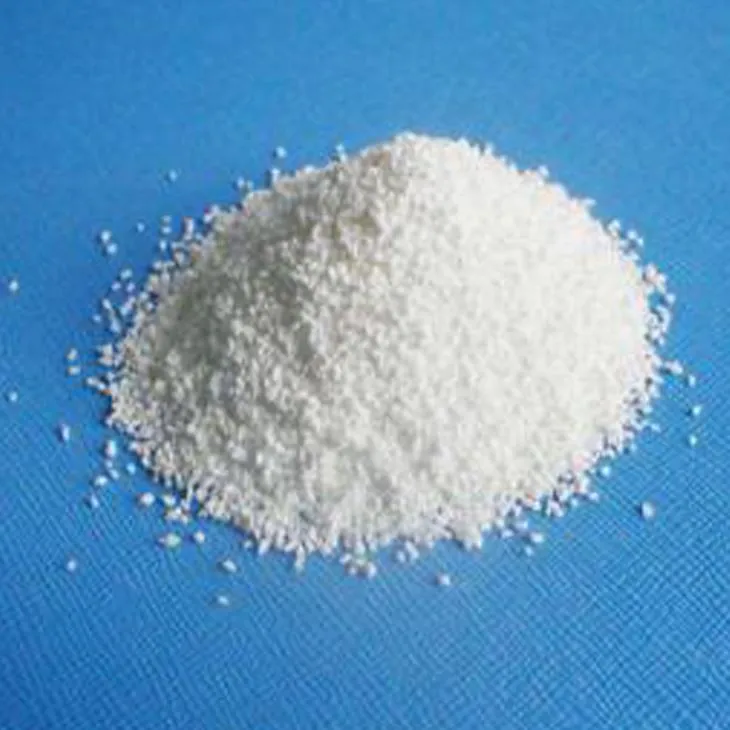



Understanding Paint Chemicals and Their Applications
The types of solvent in paint play a crucial role in the overall performance and application of paint products. Solvents are liquids used to dissolve or disperse the other ingredients in paint, such as pigments, resins, and additives. Common types of solvent in paint include organic solvents like turpentine, acetone, and toluene, as well as water for water-based paints. These solvents help adjust the viscosity of paint for easier application, reduce drying time, and influence the final finish. The choice of solvent can affect not only the paint's ease of use but also its durability, drying time, and environmental impact. For instance, water-based solvents are increasingly popular due to their lower environmental footprint, while solvent-based paints tend to be more durable and suitable for outdoor use.

Key Chemicals In Paint: Understanding Their Functions
Paints are complex mixtures, and paint chemicals are responsible for the diverse properties and characteristics of the final product. These include resins, pigments, solvents, and additives. Paint chemicals work together to ensure that the paint adheres well to surfaces, maintains its color over time, and withstands environmental stress. For example, pigments provide color, resins form the film that binds the paint to the surface, and additives enhance properties such as flow, leveling, and durability. Depending on the application, paint chemicals can also include UV stabilizers for outdoor use or anti-fungal agents for environments prone to mold. Understanding the role of each paint chemical allows manufacturers to produce paints that are suited to a wide range of surfaces, from metal and wood to concrete and drywall.
Paint And Chemical Innovations: The Future of Coatings
The combination of paint and chemical innovations is driving the evolution of modern coatings. New research in paint and chemical technologies is leading to paints that offer improved performance and environmental benefits. These innovations include the development of low-VOC (volatile organic compound) paints, which help reduce harmful emissions in indoor environments, as well as self-cleaning and anti-bacterial coatings. The application of paint and chemical solutions is expanding beyond traditional uses in home and industrial spaces. For example, some cutting-edge paint and chemical products are now used in electronics, automotive, and even healthcare to provide specialized properties like conductivity, antimicrobial action, and resistance to extreme conditions. As technology advances, we can expect even more tailored solutions, such as paints that adapt to their surroundings or coatings that self-repair.
Choosing The Right Paint Chem For Your Project
When it comes to selecting the right pintura química for a project, it's essential to consider the specific needs of the surface, the environment, and the desired finish. Different types of pintura química are designed for different applications. For instance, if you're painting a high-traffic area, you'll need a pintura química that offers durability and stain resistance, while for an outdoor project, weather-resistant formulas are key. Paint chem also refers to the overall chemistry of the paint, including the combination of solvents, resins, and additives. With the range of available pintura química solutions, choosing the right one can improve the longevity and aesthetic quality of your work, whether you're painting furniture, walls, or industrial machinery.
Partnering With A Reliable Paint Chemical Company For High-Quality Results
Choosing the right paint chemical company is essential for ensuring high-quality results in any painting project. A reputable paint chemical company provides a range of products tailored to meet the needs of both professionals and DIY enthusiasts. These companies work with top-quality paint chemicals and offer the technical expertise to guide you through the selection process. Whether you need industrial coatings, decorative paints, or eco-friendly options, a trusted paint chemical company will provide you with solutions that match your requirements. In addition, these companies often offer additional services, such as color matching, custom formulations, and product testing, ensuring that you get the best possible product for your specific needs.
Paint Chemicals FAQ
What are the main types of solvent in paint?
The main types of solvent in paint include organic solvents such as toluene, acetone, and xylene, as well as water for water-based paints. These solvents help to dissolve or disperse the other components of paint, making it easier to apply and enhancing its properties.
How do paint chemicals affect the performance of the paint?
Paint chemicals determine the paint's durability, drying time, finish, and resistance to environmental factors like UV radiation, moisture, and temperature fluctuations. The right combination of chemicals ensures the paint adheres well, lasts long, and resists wear and tear.
What innovations are happening in paint and chemical technology?
Recent innovations in paint and chemical technology include low-VOC formulations, self-cleaning surfaces, and antimicrobial coatings. These innovations are pushing the boundaries of what paint can do, making it safer, more durable, and more adaptable to specific needs.
How can I choose the right paint chem for my project?
When choosing pintura química, consider the type of surface you're painting, the conditions it will be exposed to, and the desired finish. For outdoor projects, look for weather-resistant paints, while for high-traffic areas, opt for durable, stain-resistant formulas.
Where can I buy high-quality paint chemicals?
To ensure the best results, purchase paint chemicals from a reputable paint chemical company. Look for suppliers that offer high-quality products, expert guidance, and a wide range of formulations to suit your specific needs. Visit our website to explore our offerings and find the perfect products for your next painting project.
-
How and Why to Disinfect Water Softeners for Safe, Reliable WaterNotíciesNov.24,2025
-
Effective Deionized Water Disinfectant Solutions for Healthcare & Industrial UseNotíciesNov.24,2025
-
Commonly Used Disinfectant for Drinking Water – Global Uses & InnovationsNotíciesNov.23,2025
-
Chemical to Disinfect Water – Essential Solutions for Safe, Clean Drinking WaterNotíciesNov.23,2025
-
Blue Water Disinfectant: Safeguarding Global Water Quality with InnovationNotíciesNov.22,2025
-
Bleaching Powder for Water Disinfection – Affordable & Effective Water Treatment SolutionNotíciesNov.22,2025
-
Bleaching Powder Drinking Water: Effective, Affordable Disinfection WorldwideNotíciesNov.21,2025










